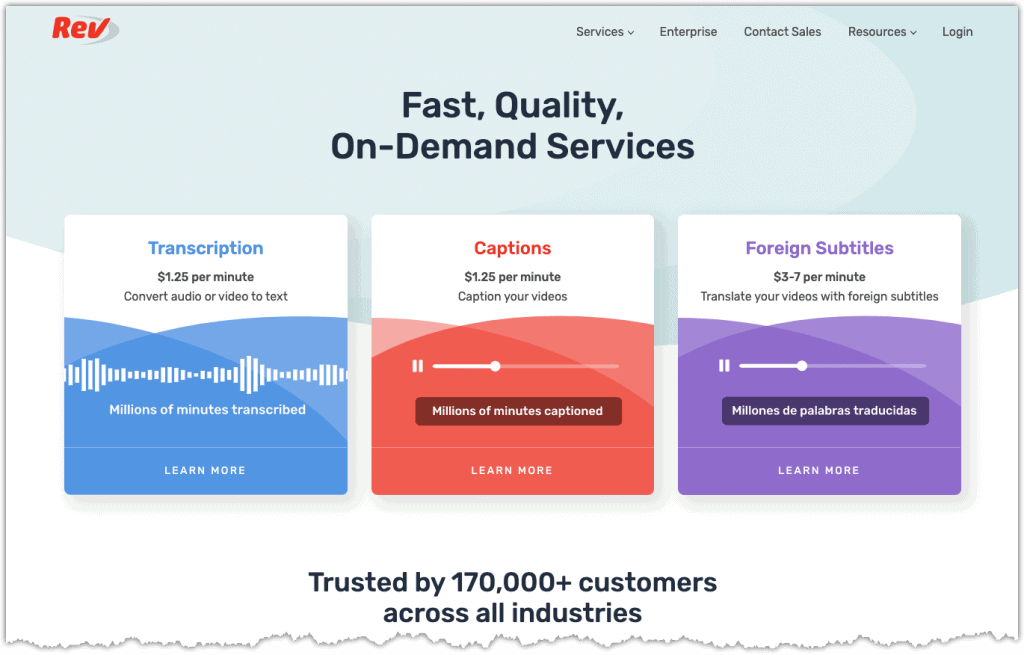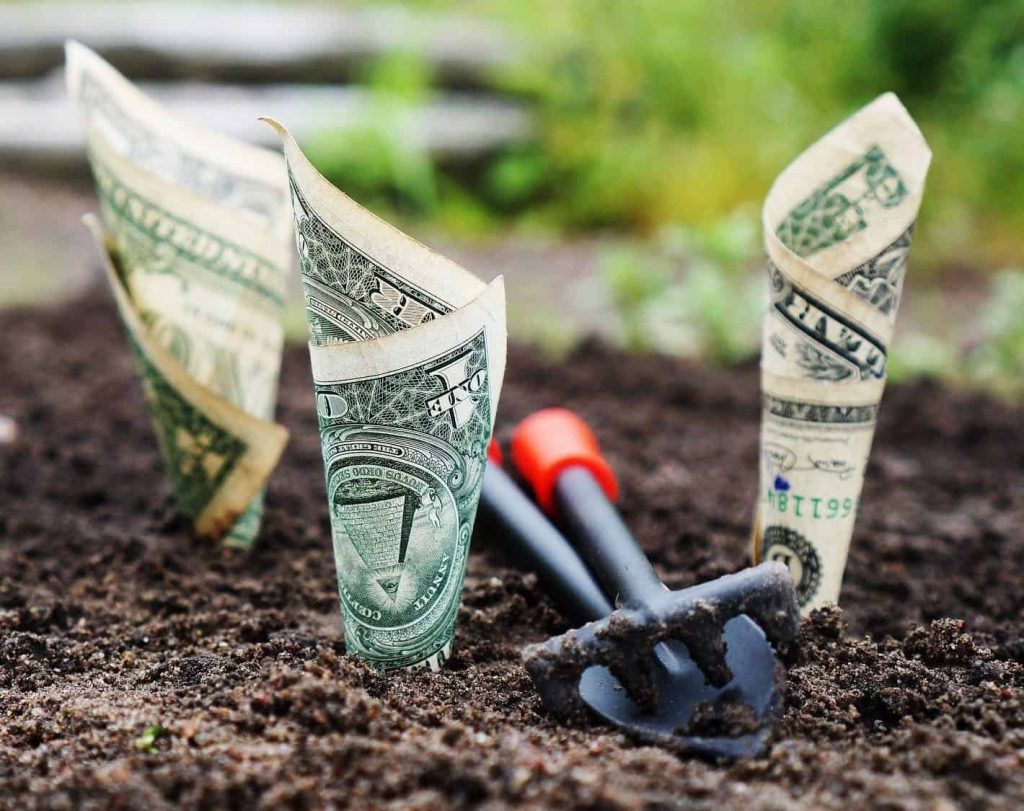Let’s kick things off by potentially ruining your appetite for this post; we’re not going to be able to give you a definite answer to the question of how much do YouTubers make an hour. There are simply too many variables that are completely different from YouTuber to YouTuber, including how we decide to slice up the time YouTubers spend plying their craft.
Before you click away, however, here’s what we can tell you.
In this post we are going to look at how YouTubers make their money, and how those methods can translate to a kind of hourly rate. One thing that will become apparent is that YouTubing revenue does not lend itself well to being easily quantified.
Why is it Hard to Calculate an Hourly Rate for YouTubers?
Hourly rates are easy to calculate when you have a regular job. You know how much you get paid, you how many hours you work, you divide one by the other, and you have your hourly rate.
YouTubers may know how much money they are getting paid (though even that can be a little complicated) but knowing how many hours they are working is much more difficult.
Take your average new YouTuber who gets started around a full time job, school, or other commitments. They will have to make time around those commitments to work on their channel, and this often leads to things like doing a little in the morning, perhaps an hour after work, getting some editing in once the kids are asleep.
This already makes things difficult to measure, but then take into account the fact that not everybody sets aside blocks of time for dedicated YouTube work. We often get distracted from time to time, perhaps checking email, or watching a quick video.

When is it YouTube Work?
Further complicating matters is the range of things that can be considered to be part of running a YouTube channel.
We can unambiguously say that writing, filming, and editing a video is YouTube work, but what about participating in social media? Sure, directly promoting your latest videos on social media is part of your YouTube work, but just being active in a related community will also help your channel… is it work if you do it for fun?
After all, many of us start YouTube channels about things we like, it makes sense that you would be active in communities about those things as well.
Another example of blurred lines in this regard is a YouTube musician. If your channel is based around you playing guitar, for example, then technically speaking, any time you spend practising that guitar is beneficial for your channel. As you can see, keeping “YouTube work” separate from other things isn’t always easy.
Revenue Sources
Determining which revenue sources are a result of YouTube is not quite as difficult as separating out the time you spend working on your channel, but the erratic nature of that revenue can make it hard to put a consistent number on.
Let’s start with YouTube Partner Programme earnings. This is simple enough; any revenue you earn through ads on your channel is definitely YouTube revenue. But even this can be inconsistent, as any YouTuber who has been on the wrong side of an adpocalypse will tell you.
Then there are other sources of revenue, such as merchandise sales, affiliate links, and brand deals. None of these are consistent, which means you have to factor in long periods to get an accurate hourly rate because it can change quite dramatically from week to week and month to month.
Revenue Differences Between YouTubers
From the perspective of an outsider looking in—that is, someone trying to get an idea of how much YouTubers earn—another factor complicating things is the substantial differences from YouTuber to YouTuber.
For one thing, most YouTubers don’t make anything from their channel, which makes their hourly rate quite simple to calculate. On the other end of the scale, there are YouTubers who earn money through the YouTube Partner Programme, get brand deals, sell merch, have membership subscriptions, and more.
YouTubers like that will have a much more impressive looking hourly rate than a YouTuber who just relies on the YouTube Partner Programme.
But even YouTubers with similar viewing figures who only make their money through the Partner Programme can have vastly different hourly rates, as the type of content—and, as a result, the type of ads—can make a huge difference to how much a view is worth.
Improving the Hourly Rate
There are two ways to improve the amount of money you make per hour; make more money, or take less time. The amount of money you make is tied to the success of your channel, and a topic worth a dedicated post of its own.
Reducing the amount of time you spend working on your channel, however, is not one of the more talked about aspects of YouTubing, though it can be just as invaluable.
are some tips for reducing the amount of time you need to spend on your channel.
Get Better!
The more you improve at your craft, the easier it will be and the less time you will have to spend on things like additional takes, reshoots, and excessive editing.
An accomplished YouTuber can often make more polished, entertaining content in considerably less time than an inexperienced YouTuber.
As the old saying goes; practice makes perfect. The idea of “practice” is often misunderstood, however. It is not enough to simply do a thing, you have to be striving to improve at that thing. If you just go through the same motions each time, you won’t get any better overall. Actively try to learn more about the software you use, including tips and tricks for making your workflow more efficient.
It is often the case that just learning keyboard shortcuts for your editing software can cut the time spent editing down by as much as half!

Have a System
If you go into every video winging it from start to finish, you will invariably find yourself doing a lot more editing and reshooting. For those of you who like to turn the camera on and talk, we’re not saying you should start scripting your videos; keep that improvised format if it works for you.
When we say have a system, we mean develop ways to make your life easier. One example of this would be an audio or visual cue for an edit point. This could be a whistle or clap that will be clearly visible in the waveform of your audio in your editor, and will save you having to hunt around for spots you know will need cutting out.
Other examples include things like having templates for your videos and thumbnails, and having your recording setup either permanent or any settings written down, so you don’t have to spend time getting everything set up each time your record.
Anything you can do to streamline your recording and editing process without sacrificing the quality of your content will effectively improve your hourly rate as a YouTuber.
Focus
It can be very easy to develop scatterbrain when running a YouTube channel. Most YouTubers are creative by nature, and with a world of tools and resources at your disposal, the temptation to drift into other niches and video types can be tempting. Now, we’re not saying you should never do this—in fact, in the long term it is advisable to do this as it will help keep your channel fresh—but while you are finding your feet as a YouTuber, it is better to keep focussed and concentrate on doing one thing really well, rather than a doing a dozen things just okay.
Don’t Get Hung Up On Numbers
While things like how much money you are making and how many views you are getting are a good indicator of whether you are going in the right direction as a YouTuber, it is important not to live or die by those numbers.
A huge range of things can affect your numbers, like seasonal changes (fewer people watching YouTube while the sun is out, for example) and trends. Even a highly successful channel will see what looks like flat spots in their growth at one time or another, but if you panic when this happens, you risk making bad decisions that can lead to actual stalling or backsliding.
Final Thoughts
So, calculating the hourly rate of your average YouTuber: not so simple. Even calculating your own hourly rate as a YouTuber is difficult enough!
If you are attempting to work out if YouTube is a viable career move, or if you are currently successful enough on YouTube to go full time, it is important to take a large sample of revenue numbers into account.
You don’t want to quit your day job after a couple of really profitable months on YouTube, only to find they were just a spike and your revenue takes a nose dive the following month.


















